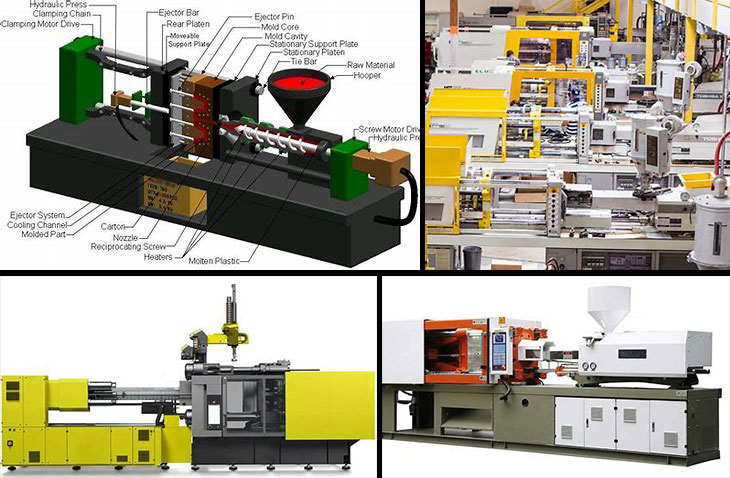
One of the most common methods of converting plastics from the raw material form to an article of use is the process of injection moulding. This process is used for thermoplastic materials and other polymeric materials which may be successively melted, reshaped and cooled. Injection moulded components are a feature of almost every functional manufactured article in the modern world, from automotive products through to food packaging. This versatile process allows us to produce high quality, simple or complex components on a fully automated basis at high speed with materials that have changed the face of manufacturing technology over last 50 years or so.
Injection molding is a popular manufacturing method for many reasons. It has proven especially valuable to those in the consumer product development sector, since plastics are a primary component of many consumer products, and injection molding is one of the best ways to manufacture plastics. Injection molding machines perform a wide range of mechanical movements with differing characteristics. Mold opening is a low-force high-speed movement, and mold closing a high-force low-speed movement. Injection Molding is a manufacturing process for producing parts in large volume. It is most typically used in mass-production processes where the same part is being created thousands or even millions of times in succession. The principal advantage of injection molding is the ability to scale production masse. Once the initial costs have been paid the price per unit during injection molded manufacturing is extremely low. Injection molding is usually the most efficient way to mold rubber products. The molding of short fiber reinforced rubber composites has closely followed the technology of plastic composites. The natural fiber reinforced rubbers are less abrasive to machines and cause less wear than is common with synthetic fiber–plastic resins. Highly automated injection molding requires fibres that are shorter and less concentrated than those used in compression molding.